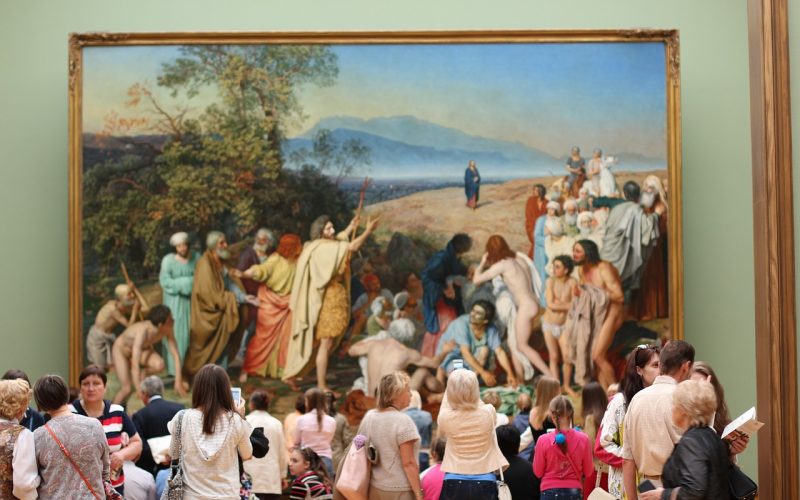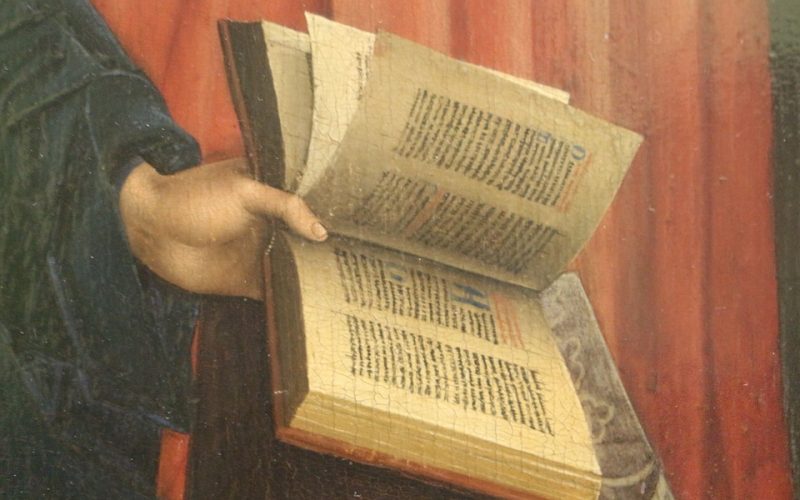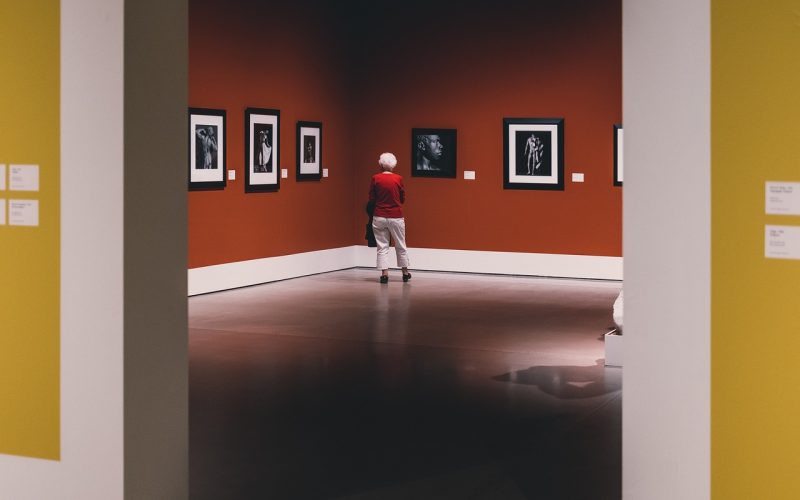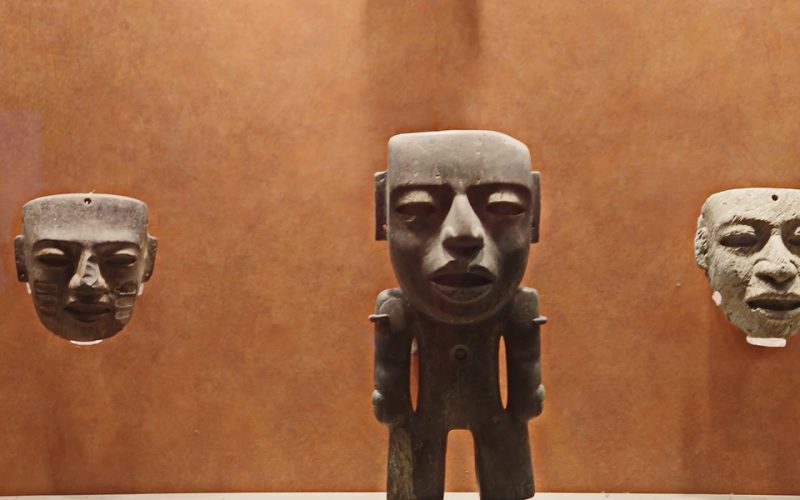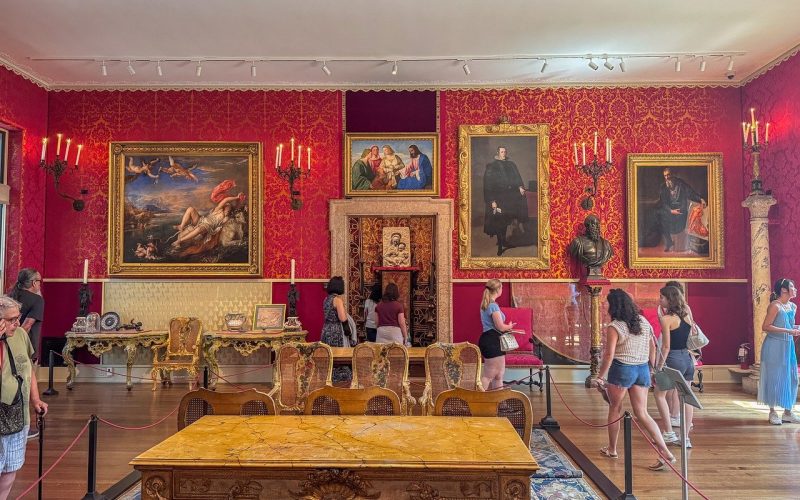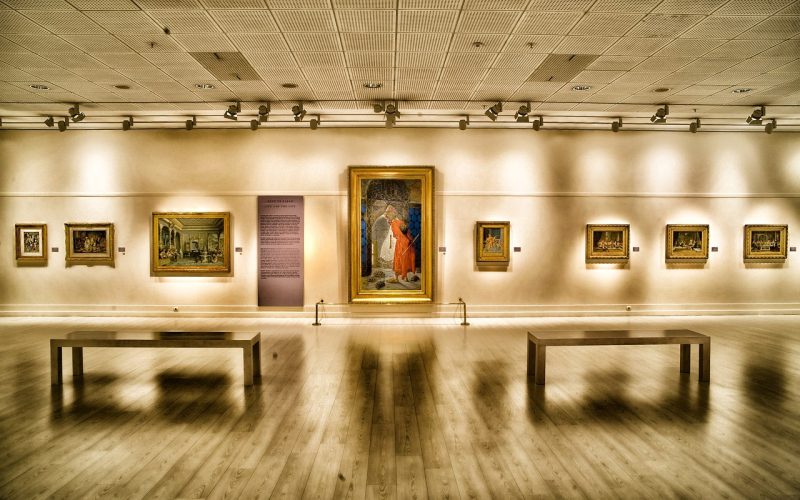Renowned art masterpieces
Art has always been a reflection of human expression, creativity, and culture. Throughout history, certain works have transcended time, leaving an indelible mark on the world. These masterpieces are celebrated not only for their aesthetic beauty but also for the stories they tell and the emotions they evoke.
The Mona Lisa's enigmatic smile
The "Mona Lisa" by Leonardo da Vinci is arguably the most famous painting in the world. Housed in the Louvre Museum in Paris, this portrait of Lisa Gherardini, wife of Florentine merchant Francesco del Giocondo, is renowned for her enigmatic smile. Painted in the early 16th century during the Italian Renaissance, the "Mona Lisa" showcases Da Vinci's mastery of sfumato, a technique that creates a dreamy, almost ethereal quality. Her gaze seems to follow viewers, creating an intimate connection between the art and its audience.
Starry Night's swirling skies
Vincent van Gogh's "Starry Night" is a testament to the artist's emotional depth and unique perspective. Created in 1889 while Van Gogh was in an asylum in Saint-Rémy-de-Provence, the painting depicts a swirling night sky over a quiet town. The vibrant blues and yellows and the dynamic movement of the stars and clouds capture the viewer's attention, conveying a sense of turmoil contrasted with serenity. "Starry Night" is housed in the Museum of Modern Art in New York City, where it remains one of the most beloved and iconic works of post-impressionism.
The Scream's haunting expression
Edvard Munch's "The Scream" captures the existential angst and anxiety of modern life. Painted in 1893, the artwork is symbolic of the expressionist movement, characterised by its bold use of colour and dramatic composition. The figure at the centre of the painting, with its mouth open in a silent scream, stands against a turbulent orange sky. Munch's work is believed to be inspired by a panic attack he experienced, and it resonates with viewers who have felt similar emotions. "The Scream" is displayed primarily at the National Gallery in Oslo, Norway, though multiple versions exist.
The Last Supper's dramatic narrative
Another masterpiece by Leonardo da Vinci, "The Last Supper," depicts the moment Jesus announces his betrayal during a meal with his disciples. Painted between 1495 and 1498, this mural is found in the Convent of Santa Maria delle Grazie in Milan, Italy. Da Vinci's genius lies in his composition, with Christ as the focal point amidst the emotional reactions of the apostles. The use of perspective draws the viewer into the scene, making them part of the narrative. Despite suffering damage over the centuries, efforts to restore "The Last Supper" have preserved its profound impact.
The Birth of Venus's timeless beauty
Sandro Botticelli's "The Birth of Venus" is a celebration of mythological beauty and grace. Created in the mid-1480s, the painting illustrates the goddess Venus emerging from the sea on a shell, a scene inspired by classical mythology. Botticelli's use of colour and fluid lines creates a sense of movement and elegance. Housed in the Uffizi Gallery in Florence, Italy, "The Birth of Venus" remains a quintessential example of the Italian Renaissance's fascination with antiquity and the idealised human form.
Guernica's powerful protest
Pablo Picasso's "Guernica" stands as one of the most profound anti-war statements in art history. Painted in response to the bombing of the Spanish town of Guernica during the Spanish Civil War, Picasso's monumental black and white canvas captures the horror and devastation of conflict. The fragmented figures and distorted forms convey chaos and suffering, making it a poignant reminder of the human cost of war. "Guernica" is housed in the Museo Reina Sofia in Madrid, Spain, and continues to serve as a powerful symbol of peace and resistance.
These masterpieces are more than mere artworks; they are windows into the human soul, capturing the complexities of our emotions and experiences. Each piece tells a story, connects with audiences across generations, and leaves a lasting impression. Whether through the mysterious smile of the "Mona Lisa" or the haunting cry of "The Scream," these works continue to inspire, challenge, and resonate with people worldwide.
